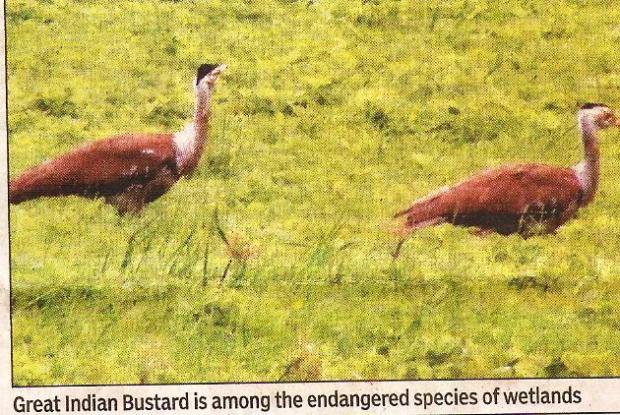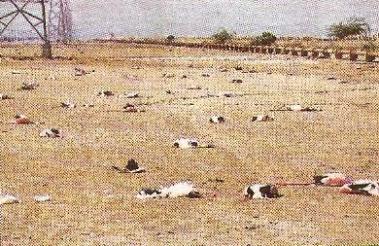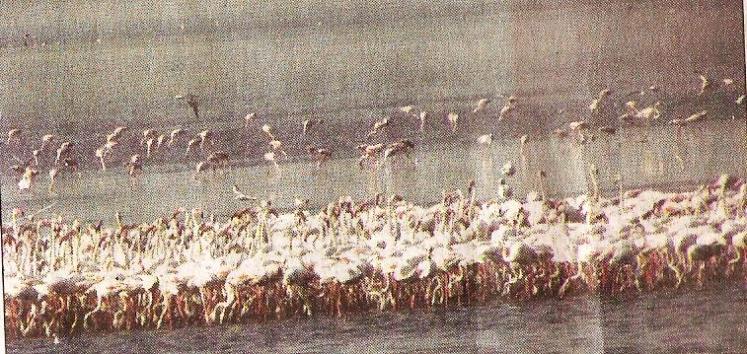Pakistan has scored over Gujarat on the environment front. Even though Pakistan has just 10% compared to Kutch’s about 12,000 sq kilometers area that attracts migratory birds, the neighboring country already has an international recognition for the same.
Pakistan part of the desert had got the tag of Ramsar site, way back in 2002. Gujarat, on the other hand, is yet to send a recommendation for the 90% of the Rann. An official in the forest department said the Kutch area easily qualifies for Ramsar recognition. He said that the Convention on Wetlands (Ramsar, Iran, 1971) is an intergovernmental treaty that embodies the commitments of its member countries to maintain the ecological character of their wetlands of international importance and to plan sustainable use.
However, the state forest department has not even recommended Kutch to be notified as Ramsar site. The official said that Ramsar tag would ensure international recognition to the area, Also the site gets a commitment from the government to preserve the ecological balance.
In addition, government agencies, non-governmental organizations, and groups of citizens at all levels of the communities, including at international stage, also undertake actions aimed at raising public awareness of wetland values and benefits in general, and the Ramsar Convention in particular. While attaching Ramsar recognition to Runn of Notch in Pakistan in the year 2002, it was announced that this area was integral with .the large Rann of Kutch across the frontier with India. The Runn of Kutch in Pakistan has locally and globally threatened species; including the Great Indian Bustard, Hauberk Bustard, Sarus Crane, and Hyena and also population of greater and lesser flamingos- The site does not have more than one lakh birds visiting the area.
On the contrary, over 10 lakh migratory birds flock the Indian parts of the Rann like Khadir and flamingo city, This sanctuary, which is the largest in the state, encompasses a true saline desert where thousands of Flamingoes nest and breed in the world-famous ‘Flamingo City.’
Pelicans, black-necked storks, cormorant, Indian cormorant, Brahmini Duck, Pintail, Spotbill, Shoveller, Pochard, Sandpiper, Gulls, Terns, Tints and plovers also throng the area.
An ornithologist Bharat Jethwa says, “This is an extremely important area as it also a breeding site. The site if it gets Ramsar recognition, it would be protected by international laws and global attention would be drawn on every measure taken for the conservation.”
He said that the officials should immediately take it up and recommend this site for a Ramsar label.
Additional principal’s chief conservator of forest H S Singh said, “Gujarat always has maintained that there should be less penetration to outsiders.”
“If a site gets Ramsar recognition there would much foreign interference in terms of researchers and hence Gujarat, and for the matter Centre too, was not keen on Ramsar recognition’ Singh added.
He stated that countries like Pakistan and Bangladesh eye such tags because they get international funds for conservation, •which is not the case with the Indian sites.
Courtesy:- Times Of India




